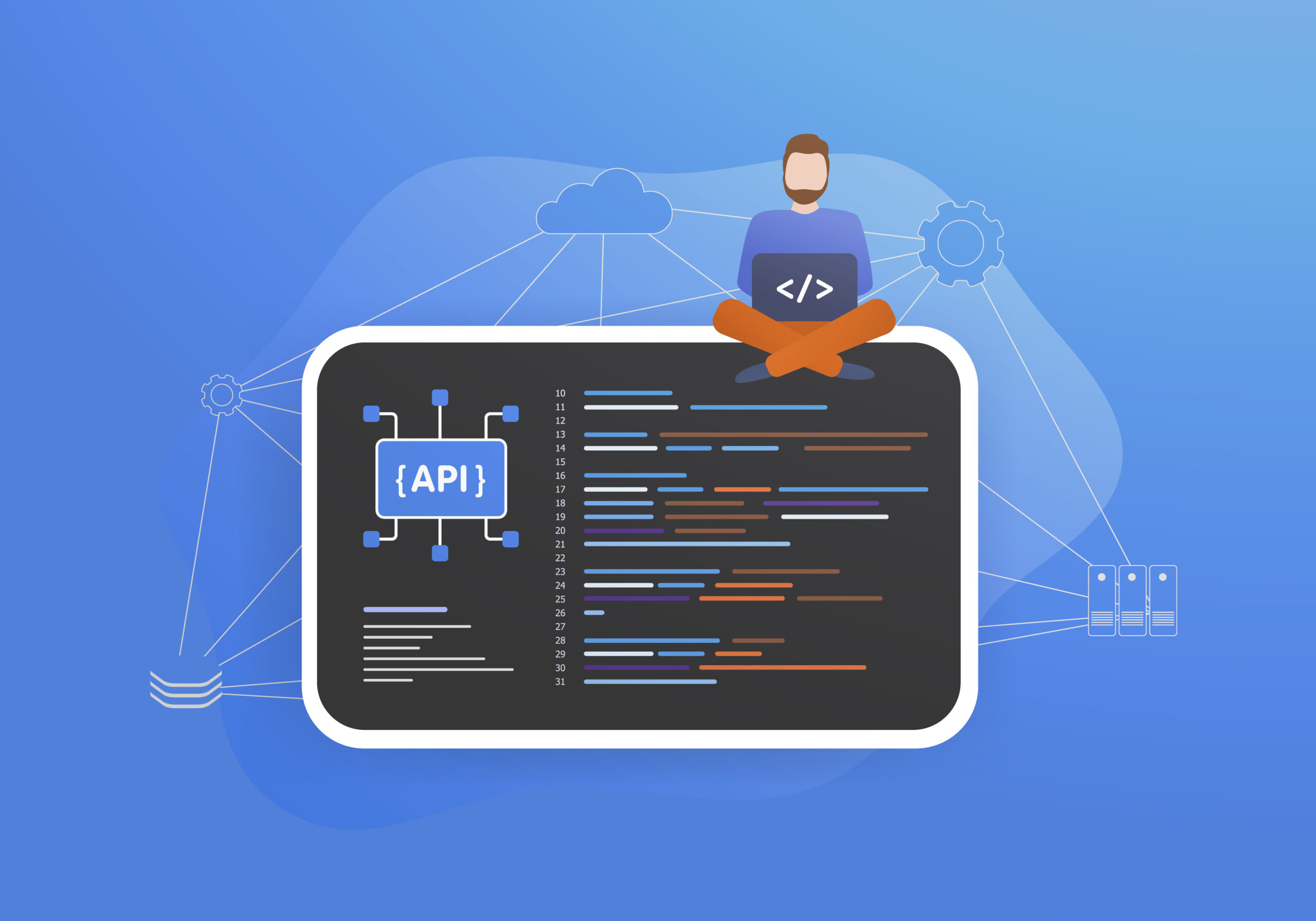Application Programming Interface (API) architectural styles refer to the distinct methodologies and designs employed in the creation of APIs. These styles are not strictly pigeonholed, but some stand out due to their wide adoption and proven efficiency. Here, we delve into the top 20 API architectural styles based on their popularity.

1. REST (Representational State Transfer)
- REST has become synonymous with web services due to its reliance on standard HTTP methods and statelessness.
- RESTful APIs are constructed around resources, frequently utilizing CRUD (Create, Read, Update, Delete) operations.
2. GraphQL
- Birthed by Facebook, GraphQL allows clients to specifically request the data they require, thus mitigating issues related to over-fetching or under-fetching.
3. SOAP (Simple Object Access Protocol)
- Renowned for its XML-based communication, SOAP’s robustness is particularly esteemed in enterprise environments.
4. RPC (Remote Procedure Call)
- Allowing procedures to be initiated in a different address space, variations like JSON-RPC and XML-RPC have made it more versatile.
5. OData (Open Data Protocol)
- This Microsoft brainchild enhances interoperability between data consumers and producers.
6. gRPC
- Originally a Google innovation, gRPC offers a high-performance RPC framework that thrives on Protocol Buffers.
7. WebSockets
- Catering to real-time applications, WebSockets facilitate full-duplex communication over a single TCP connection.
8. MQTT (Message Queuing Telemetry Transport)
- Tailored for devices in unreliable networks, MQTT is optimized for lightweight messaging.
9. Falcor
- Netflix’s Falcor presents a unified virtual JSON graph, offering a consolidated view of various data sources.
10. WebSub
- Formerly known as PubSubHubbub, WebSub specializes in real-time content syndication.
11. Event-driven APIs (Webhooks)
- Ideal for service integrations, these APIs send data to clients as events occur, eliminating the need for constant data polling.
12. Streaming APIs
- Suited for real-time data streaming, they provide continuous data flow.
13. HATEOAS (Hypermedia As The Engine Of Application State)
- An advanced version of REST, HATEOAS dynamically instructs the client on potential actions.
14. Fluent APIs
- Primarily found in object-oriented languages, they make API calls resemble narrative sentences.
15. Batch Processing APIs
- Designed for efficiency, they handle vast data quantities without necessitating real-time processing.
16. Service Mesh APIs
- Often associated with platforms like Kubernetes, these APIs abstract interservice communication, streamlining tasks such as load balancing.
17. JSON-RPC
- Encodes function calls in JSON, enhancing client-server communication.
18. XML-RPC
- The XML variant of JSON-RPC, it encapsulates function calls in a structured XML format.
19. WebDAV
- An HTTP extension, WebDAV facilitates remote web content authoring.
20. SPARQL Protocol
- Used for querying RDF databases, it’s pivotal for the Semantic Web.

Diving Deeper: Making the Right Architectural Choice
The diversity of API architectural styles offers developers a plethora of options. For instance, REST could be the go-to for stateless web services, while WebSockets shine in real-time scenarios like chat apps. The selection often hinges on project specifications, client-server interaction nature, and factors like scalability.
It’s vital to note that many styles can have various interpretations, widening the spectrum of opportunities. However, regardless of the chosen style, the ultimate objective remains to optimize developer experience, application requirements, and efficient data management.

